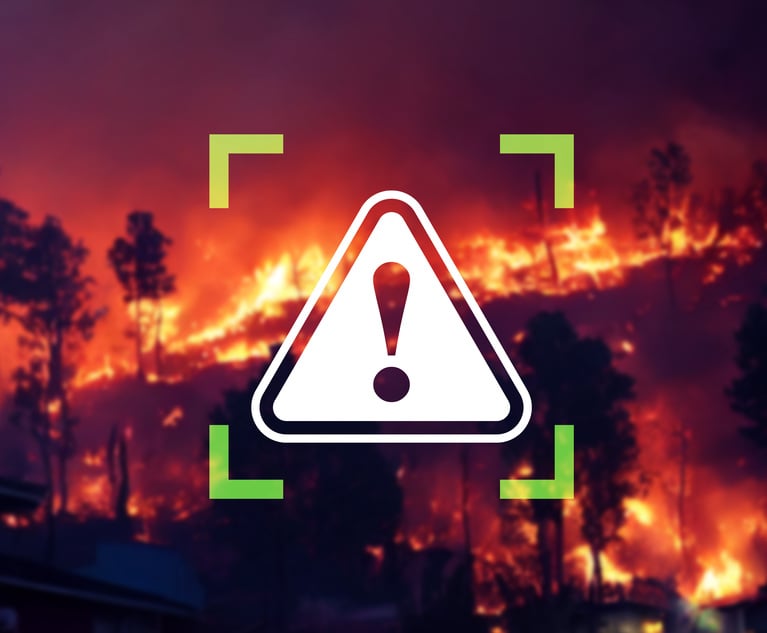 Broader data elements, fine-scale geospatial data, advanced analytics, and satellite imagery give insurers a better understanding of wildfire risk for individual homeowners and business owners, especially in hard markets. (Credit: metamorworks/Adobe Stock)
Broader data elements, fine-scale geospatial data, advanced analytics, and satellite imagery give insurers a better understanding of wildfire risk for individual homeowners and business owners, especially in hard markets. (Credit: metamorworks/Adobe Stock)
The wildfires that swept through the Texas Panhandle have reignited concerns about the increasing frequency and severity of wildfires across the United States. The Smokehouse Creek Fire, the largest wildfire in Texas history, serves as a poignant reminder of the urgent need for proactive measures to address the risk of wildfires.
Recommended For You
Want to continue reading?
Become a Free PropertyCasualty360 Digital Reader
Your access to unlimited PropertyCasualty360 content isn’t changing.
Once you are an ALM digital member, you’ll receive:
- Breaking insurance news and analysis, on-site and via our newsletters and custom alerts
- Weekly Insurance Speak podcast featuring exclusive interviews with industry leaders
- Educational webcasts, white papers, and ebooks from industry thought leaders
- Critical converage of the employee benefits and financial advisory markets on our other ALM sites, BenefitsPRO and ThinkAdvisor
Already have an account? Sign In Now
© 2025 ALM Global, LLC, All Rights Reserved. Request academic re-use from www.copyright.com. All other uses, submit a request to [email protected]. For more information visit Asset & Logo Licensing.








